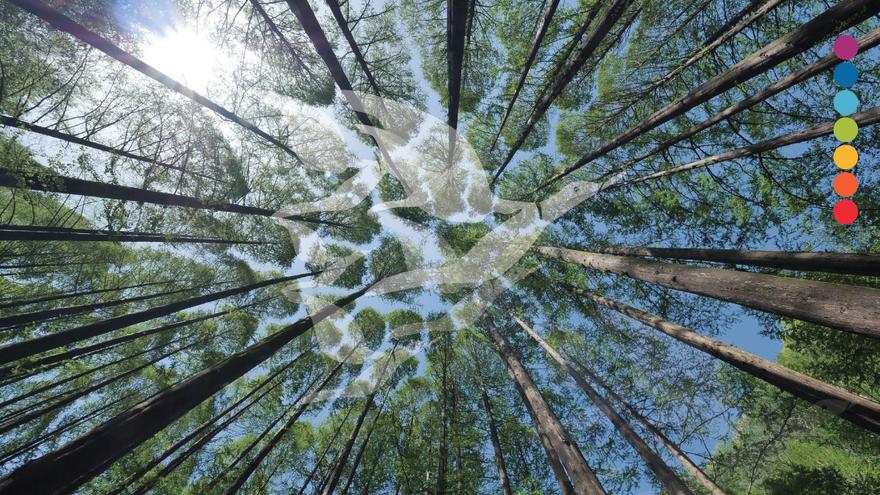What is Integrative Whole Systems Design and how do we achieve it?

There are many different definitions for the word design and many different types of professionals that call themselves ‘designers’. The attitude taken by Gaia Education is that we are all designers! We all co-create the world we live in, and are all responsible for the future of our communities, the well being of generations yet unborn, and all life on the planet. Design is much more than simply the beautification of material objects or some nature-detached aesthetic tool to express human individualism.
One of the pioneers of ecological design, Prof. John Todd, defines ecological design as “elegant solutions predicated by the uniqueness of place.” Beauty is a characteristic expression of ecological design. How can something that causes ugliness and harm elsewhere be truly beautiful? Increasing sustainability and systemic health have to be a characteristic of all good design. Ecological aesthetics recognises beauty as an expression of the human spirit in creative dialogue with a unique location on Earth.
At its essence, the activity of designing is something fundamental to being human. We all employ our ability to see a situation or circumstance and envision how it could be improved upon to meet a set of real or perceived needs. Design is the process that turns human intentions into interactions and relationships. Design is how we co-create our world, whether it is to shape material objects, build a house, create a community, transform a bioregion towards sustainable patterns of resource use, or to co-create a more sustainable and meaningful human presence on planet Earth.
We all live our lives within buildings, cities, transport systems, economic systems, land use patterns, and food systems that have been designed for a particular purpose at a particular point in time. Yet design goes on designing. In many of the world’s cities, we move between buildings that have been built decades and even centuries ago.
The transition towards diverse cultures of sustainability, elegantly adapted to the uniqueness of the place they inhabit, will require us to re-examine how we have designed the world around us, our communities and institutions. We will have to combine the best of traditional, place-based wisdom, with the appropriate kind of modern technologies and innovation, and find creative ways to meet human needs, everywhere, within the limits of the natural cycles that sustain all life on Earth.
Sustainable design has to be designed within the context of Nature’s ‘operating principles.’ Janine Benyus has framed the overall guideline for design for sustainability in her iconic phrase “life creates conditions conducive to life.” Design has to be a response to the particular characteristics and properties of a particular situation and context. Sustainable design needs to be harmlessly integrated into the specific ecological, social, and cultural conditions of a particular place.
If you are new to whole systems design and would like to learn more, then you should definitely have a look at our introductory Sustainability Design Panorama online course, which is currently for free of charge for a limited time. More info here.
Each section of the Sustainability Design Panorama has the objective to refine ideas about what a holistic approach to designing for sustainability and regeneration is all about. Throughout this introductory course, you will build a tool kit of questions to ask yourself and the actions you can take to make a positive difference wherever you live.
We invite you to imagine yourself in the role of co-designer of your community.


0 comments
Leave a comment